
In the latest round of action on bills, Virginia Gov. Glenn Youngkin signed 100 bills passed by the Virginia General Assembly, including one to protect Virginians from unlawful discrimination, hate crimes and antisemitism. The governor vetoed four others, including one to create civil penalties for shop owners who fail to advertise they are selling invasive plants that could harm other species.
Among the 100 bills signed is a measure that will codify a recommendation by the Commission to Combat Antisemitism that Virginia revise its laws to better protect Jewish citizens from hate crimes, along with Muslims, Sikhs and other ethnic-religious groups.
Youngkin said the legislation aligns with one of his top priorities: combating antisemitism.
“As the first state to weave religious freedom into the fabric of our nation, Virginia is leading once again and sending a clear message that Virginians should not be the victim of a crime simply because of their religion, race, or ethnicity,” the governor said in an April 2 press release.
Sen. Bryce Reeves, R-Spotsylvania, and Del. Dan Helmer, D-Fairfax, carried the legislation, Senate Bill 7 and House Bill 18.
“I’m thankful for the governor’s signature and the bipartisan co-patrons of this important bill,” said Reeves in a statement. He added that legislation outlawing antisemitism isn’t just about protecting a particular group, but about “defending the fundamental values of equality, justice, and human dignity for all.”
Helmer, a descendant of Holocaust survivors and a Jewish man whose children “confronted antisemitism” in school, Helmer said the legislation is important to him.
“Hate has no place in our communities,” Helmer said in a statement, adding that he is grateful for the governor’s signature to “protect people of every ethnicity across the commonwealth.”
Other interesting pieces of legislation the governor signed into law include House Bill 143, which directs the Virginia Department of Transportation to create a publicly-accessible utility work database and map that details projects within state-maintained areas, excluding emergency maintenance and services to private properties. Another measure, House Bill 322, will create a Cosmetology Compact, which will allow people to be licensed to provide barbering, hair styling and other cosmetic services in Virginia and other states that join the compact initiative.
Vetoed legislation
The governor also vetoed four bills that would have required the state to adopt model public education policies on climate change and environmental literacy, permitted college instructors to request non confidential garnishment data for research purposes, and created penalties for shop owners who fail to identify invasive plants they sell.
In explaining why he rejected the bill on adopting model policies for climate change, the governor said the measure is already included in the Standards of Learning for students, and the proposal “imposes a significant and redundant task” on the Department of Education and the Board of Education. Read More
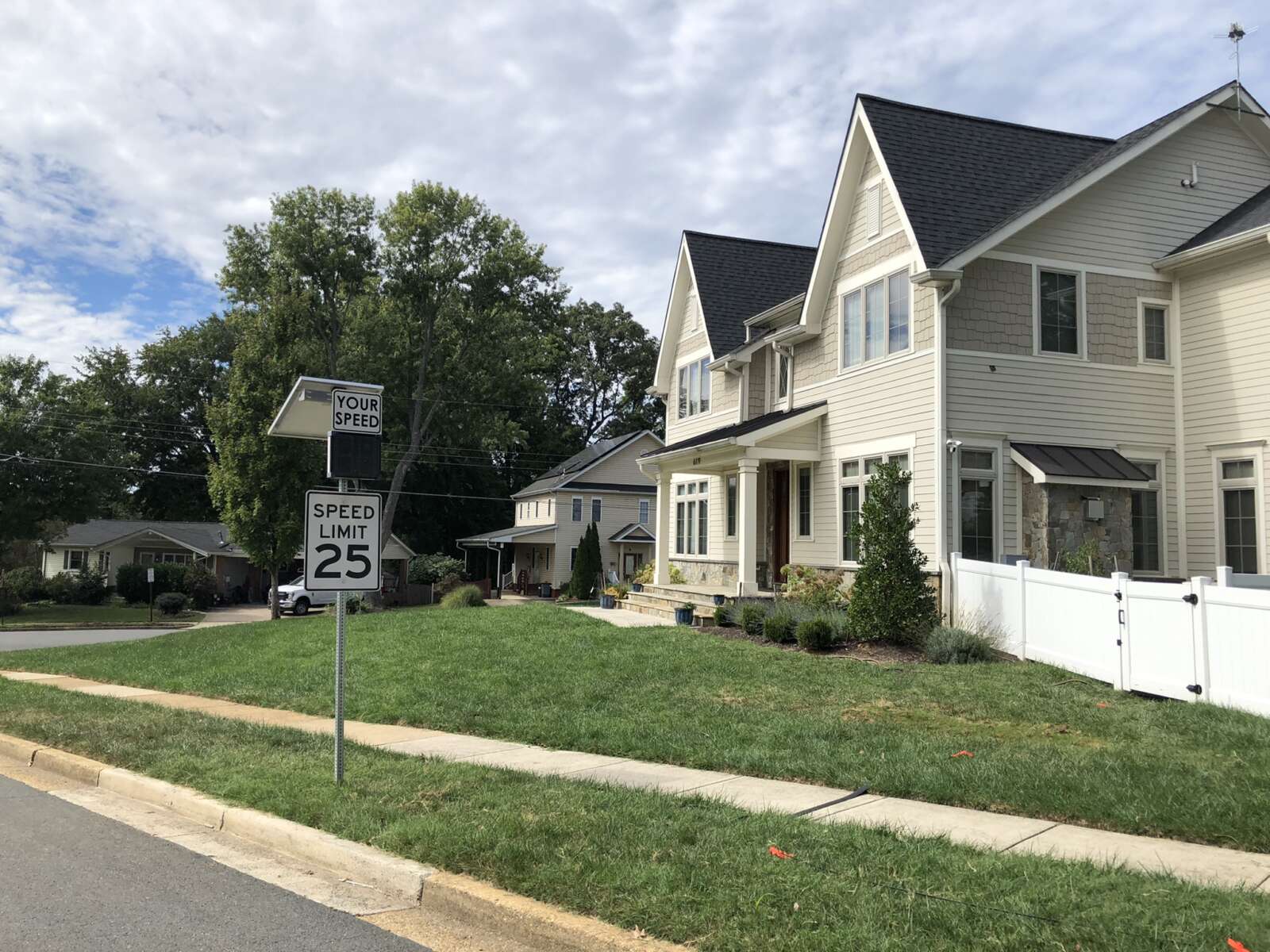
The Virginia General Assembly passed a measure three years ago allowing local governments to decrease roadway speed limits in their localities to as low as 15 mph. But recently, lawmakers found that the Virginia Department of Transportation denied seven of eight speed limit decrease requests, because, by state law, only the Commissioner of Highways can authorize changes on state-maintained roads.
Earlier this month, legislation advanced that would expand a locality’s speed-reducing authority to roadways within a business or residence district, including state-owned highways.
The number of requests represent a small fraction of the local governments in Virginia, including the 190 towns and 39 independent cities in the commonwealth, according to data from the U.S. Census. For the localities that are seeking to reduce speeding, though, the limits of the 2021 legislation are a challenge.
“Everybody can concede that there’s an issue here, but we have very little authority to do anything about it,” said Mayor Roger Vance, who represents the Town of Hillsboro, which was denied their request to lower the local speed limit to 20 mph last year.
The 2021 legislation did not extend localities’ speed reducing power to state-owned highways, which typically run through some towns like Middleburg and Hillsboro.
As proposed, the new bill would require local governments to conduct engineering and traffic studies as part of any effort to change the speed limit, post “lawfully placed” signs showing the reduced speed limit and notify the commissioner of the change.
The bill nearly failed in the Senate in February after Lt. Gov. Winsome Earle Sears split a tie vote, but it was reconsidered successfully and sent to Gov. Glenn Youngkin for approval.
Del. Betsy Carr, D-Richmond, the legislation’s sponsor, said she is working with the governor’s administration to ensure Youngkin signs her bill into law, but it could require an amendment.
Representatives from the Virginia Municipal League and Virginia Association of Counties, representing local governments in the commonwealth, said their members supported this bill.
“We firmly believe that this enhanced authority serves as an invaluable addition to our existing toolkit for implementing crucial safety measures,” said James Hutzler, government relations associate for VACO, in a statement. “With this legislation in place, counties will be empowered to take proactive steps towards safeguarding the well-being of our communities.” Read More

Two Virginia lawmakers are proposing sweeping measures to improve the state’s provision of special education services as criticisms from parents and the federal government over Virginia’s compliance with the Individuals with Disabilities Education Act continue.
Sponsored by Del. Carrie Coyner, R-Chesterfield, and Sen. Barbara Favola, D-Arlington, the proposals would create a statewide system to oversee the development and use of individualized education programs (IEPs) for students with special needs, require more training for educators about how to provide inclusive special education instruction, set up eight regional “special education parent support centers” and provide additional specialists to divisions.
“It’s no secret we are failing our students with disabilities in Virginia,” said Coyner during a Jan. 30 hearing on the legislation.
Federal law requires states to provide all students with disabilities a “free appropriate public education.” Among the requirements of the Individuals with Disabilities Education Act is that schools must offer an IEP and that “every child should have the chance to meet challenging objectives,” according to a 2017 U.S. Supreme Court decision.
“This bill ensures that there is monitoring of this civil rights law at the state level, and it’s very necessary,” said Kandise Lucas, a special education advocate, during a recent House Education subcommittee meeting.
Virginia has almost 181,000 students receiving special education services this school year, an increase of nearly 7,000 students from a year ago. But the state has struggled to meet the demands of students with disabilities.
Virginia has repeatedly been criticized by the federal government for problems with providing special education services. A June 2020 report by the U.S. Office of Special Education Programs determined that Virginia “does not have the procedures and practices that are reasonably designed to enable the state to exercise general supervision over all educational programs for children with disabilities.”
The Virginia Department of Education disputed some of the findings, saying the federal office included “factual inaccuracies.”
However, in a Feb. 17, 2023 letter from OSEP, the office identified “significant new or continued areas of concerns” with how the state was complying with supervision, dispute resolution and confidentiality requirements in IDEA. In particular, it concluded Virginia “does not have procedures and practices that are reasonably designed to ensure a timely resolution process” for complaints and said at least five districts were not adhering to IDEA regulations.
Individual school divisions have also been faulted by federal officials. In November 2022, the U.S. Department of Education’s Office of Civil Rights found Fairfax County Public Schools, Virginia’s largest school district, had failed (link added by FFXnow) to provide thousands of students with disabilities the education they were entitled to receive during the COVID-19 pandemic.
State reviews have also echoed many federal criticisms. In 2020, the Joint Legislative and Audit Review Commission identified major shortcomings in the state’s provision of special education services, including low-quality IEPs, a lack of knowledge among educators about how to effectively support students with disabilities and shortfalls in the Virginia Department of Education’s oversight of local divisions.
Researchers who reviewed 90 randomly selected IEPs found about half lacked goals for academic progress or improved functioning, which are required by federal law. About 37% of parents believed the services outlined in their child’s IEP were only “somewhat” or “not at all appropriate.”
A third of the special education directors interviewed by JLARC said only half or fewer administrators and general education teachers in their division had the knowledge or skills necessary to support students with disabilities. However, researchers pointed out that state regulations only required “minimal” training in special education for administrators.
Overall, the report observed Virginia students with severe, less common or multiple disabilities graduated at a rate lower than those with more common disabilities. Additionally, it found a persistent shortage of special education teachers, with many school divisions relying on underprepared teachers to fill gaps. Read More

Legislation banning Virginia’s public colleges and universities from providing special treatment in admissions decisions to students related to alumni and donors is on track to head to Gov. Glenn Youngkin later this session.
On Tuesday, the Virginia House joined the Senate in passing the proposal on a unanimous vote. Both bills, which are identical, must now pass in the opposite chambers before they are sent to the governor for his approval.
Youngkin spokesman Christian Martinez has signaled the governor is likely to sign the measures.
“The governor will review any legislation that comes to his desk, but believes admission to Virginia’s universities and colleges should be based on merit,” he said.
The proposed ban comes after the U.S. Supreme Court ended affirmative action at higher education institutions nationwide in June. Since the court’s ruling that race-conscious admissions policies at Harvard University and the University of North Carolina were unconstitutional, schools in the commonwealth have begun changing their admissions policies.
A study by think tank Education Reform Now found “most beneficiaries of legacy preferences are white.” It also identified Virginia as one of five states where a majority of public colleges and universities offer admissions advantages to the children of alumni.
“All that House Bill 48 says is that in considering admissions to college and our public universities here in the commonwealth of Virginia, whether your parents went there or whether your parents are donors to the institution will play no role in deciding who is accepted to the college,” said Del. Dan Helmer, D-Fairfax, who is carrying the House bill, during a subcommittee meeting earlier this month.
Both Democrats and Republicans have supported the change.
“I think it’s absolutely discriminatory to grant special privileges to people based on what their parents did, what they gave, where they went to college,” said Del. Thomas Garrett, R-Goochland, at the same meeting.
Garrett said he’s supporting the proposal to “address discrimination and create a level playing field for all Virginians.”
Last week, the Senate version of the bill, patroned by Sen. Schuyler VanValkenburg, D-Richmond, also passed with unanimous support.
Education Reform Now says more than 100 colleges and universities have ended legacy admissions since 2015, but 787 still used the practice as of 2020.
Photo via MD Duran on Unsplash. This article was reported and written by the Virginia Mercury, and has been reprinted under a Creative Commons license.
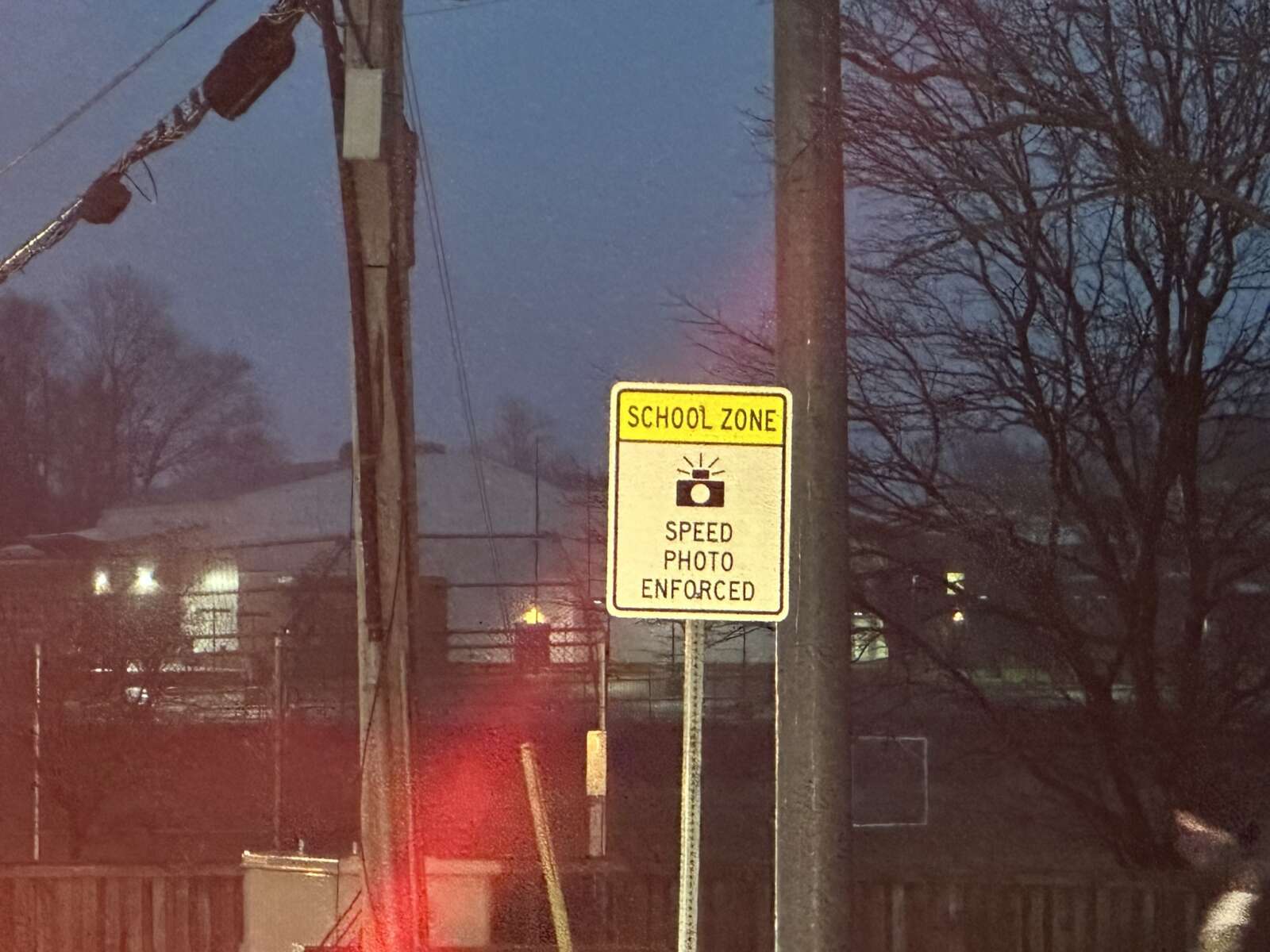
When they reconvene this month, Virginia lawmakers will consider a proposal to allow local governments to install speed cameras wherever they deem them necessary, with penalties of up to $100 for violations.
Bill patron Del.-elect Mike Jones, D-Richmond, said the legislation is intended to increase speed enforcement and reduce the number of traffic fatalities.
“It gives localities the decision of whether they want to do it or not,” said Jones. “So it’s not a ‘shall’ — every locality will have it — but for the ones that are concerned with this, it would help them out.”
State law currently allows local governments to install speed cameras in work and school zones as a way to drivers to go slower around children and construction workers. Jones’ bill would go further, allowing their placement in “any location deemed necessary” by local governments.
However, the use of more cameras to enforce speed laws has previously sparked controversy over privacy and public perceptions that the technology is just another way for a locality to raise revenue.
In November, amid a Frederick County debate, outgoing Supervisor Shawn Graber told the Mercury that “there should never be a time when a locality tries to simply put something in effect to make money from someone else’s misdoing.”
Jones said he understands the concerns, but argued people are asking for safer streets and safer neighborhoods.
“There’s not enough police for them and/or they don’t respond to neighborhoods simply because of numbers,” said Jones. “I understand the concern for the overpolicing, I get that. I get that as an African American male, I get that as pastor of an African American church, a Black legislator that represented predominantly Black and brown people. I hear that, but the reality is this: People aren’t dying in a lot of these different neighborhoods; where they’re literally dying is in mine.”
Virginia Department of Motor Vehicles data found that last year, 20% of the 122,434 crashes in the state were speed related, a 1% increase over the previous year. Virginia Department of Transportation crash data also shows that between 2018 and 2022, the annual number of traffic fatalities increased from 819 to 1,005.
The DMV said that on average, 2.8 lives are lost and 163 people injured every day because of traffic crashes.
Rob Billington, a spokesman for the Virginia Municipal League, which represents city and town governments in the commonwealth, said the league supports letting local governments expand the use of speed cameras on all roads at all times. He said traditionally VML has supported local flexibility, and it sees Jones’ bill as providing that. Read More
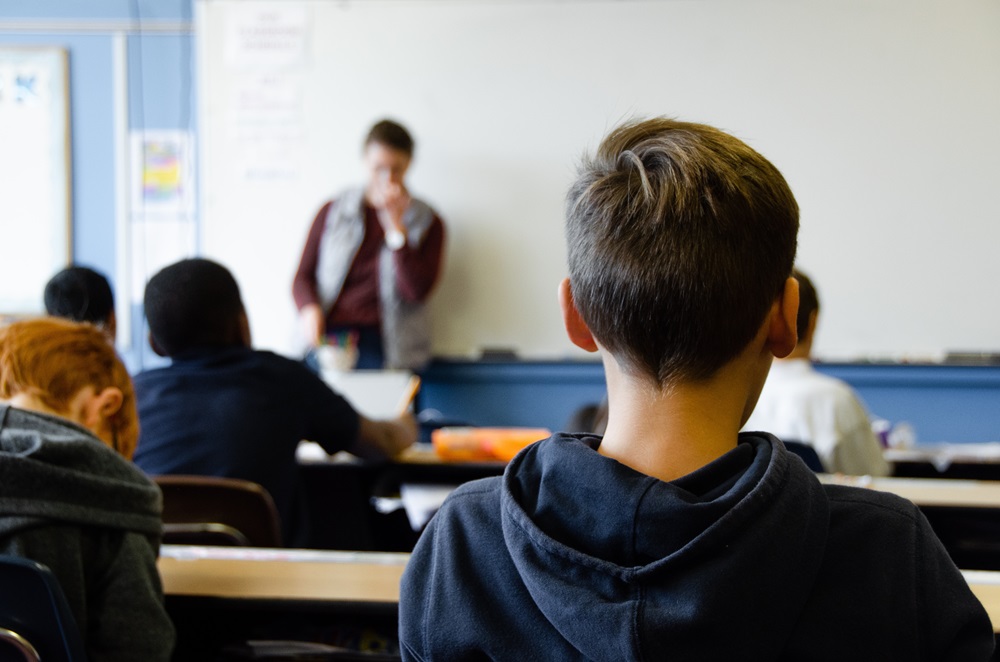
The Virginia Board of Education is asking the General Assembly to develop a plan for changing the state’s existing school funding formula to help divisions strapped for money but isn’t backing a proposal to remove a cap that limits the number of support positions the state will fund.
According to an earlier report by the Joint Legislative Audit and Review Commission, which conducts analysis and provides oversight of state agencies on behalf of the General Assembly, changing the formula could help address the underfunding of schools.
“We don’t have a good school financing system in Virginia. It is inequitable, and it’s outdated,” said Board of Education member Andy Rotherham during a special meeting Tuesday.
Virginia’s funding formula establishes how much state and local governments must provide to meet the state’s Standards of Quality (SOQ), the requirements that Virginia public schools must meet. The board reviews those standards every two years and proposes changes as necessary, while the General Assembly makes decisions about how much funding divisions should get.
In addition to backing a new funding formula, the board on Tuesday also urged the General Assembly to provide flexible funding for innovative approaches to literacy and math education, require high school students to have an opportunity to make their own academic and career plans and provide funding for a statewide individualized education program system.
Although board members noted that a decision by the General Assembly to provide divisions more flexible funds could allow them to address a range of different needs, member Anne Holton pushed unsuccessfully for the body to recommend a minimum funding commitment from lawmakers.
“Many divisions, the ones that can afford to fund way over the minimum SOQs … their kids are doing okay,” Holton said. “But the divisions that can’t afford to go way above the state and dated minimum SOQs don’t fund over it, and their kids are not doing okay.”
Funding formula
JLARC this summer recommended the General Assembly consider changing the funding formula after finding that Virginia schools receive 14% less state funding than the 50-state average, equal to roughly $1,900 less per student.
Virginia’s current SOQ formula determines funding for divisions by calculating the number of staff they need and then the cost of those staff.
While the Virginia Department of Education said in a Dec. 12 report that the approach worked historically, it said school divisions today are “faced with a myriad of unique student needs.”
“Funding should be allocated by student, recognizing the unique needs of each student rather than using a formula driven by staffing ratios,” the report stated.
On Tuesday, in line with that suggestion, the board recommended policymakers “investigate, model and develop a plan to move to a student-weighted funding formula for purposes of determining the required state and local shares of cost for the Standards of Quality.” Read More
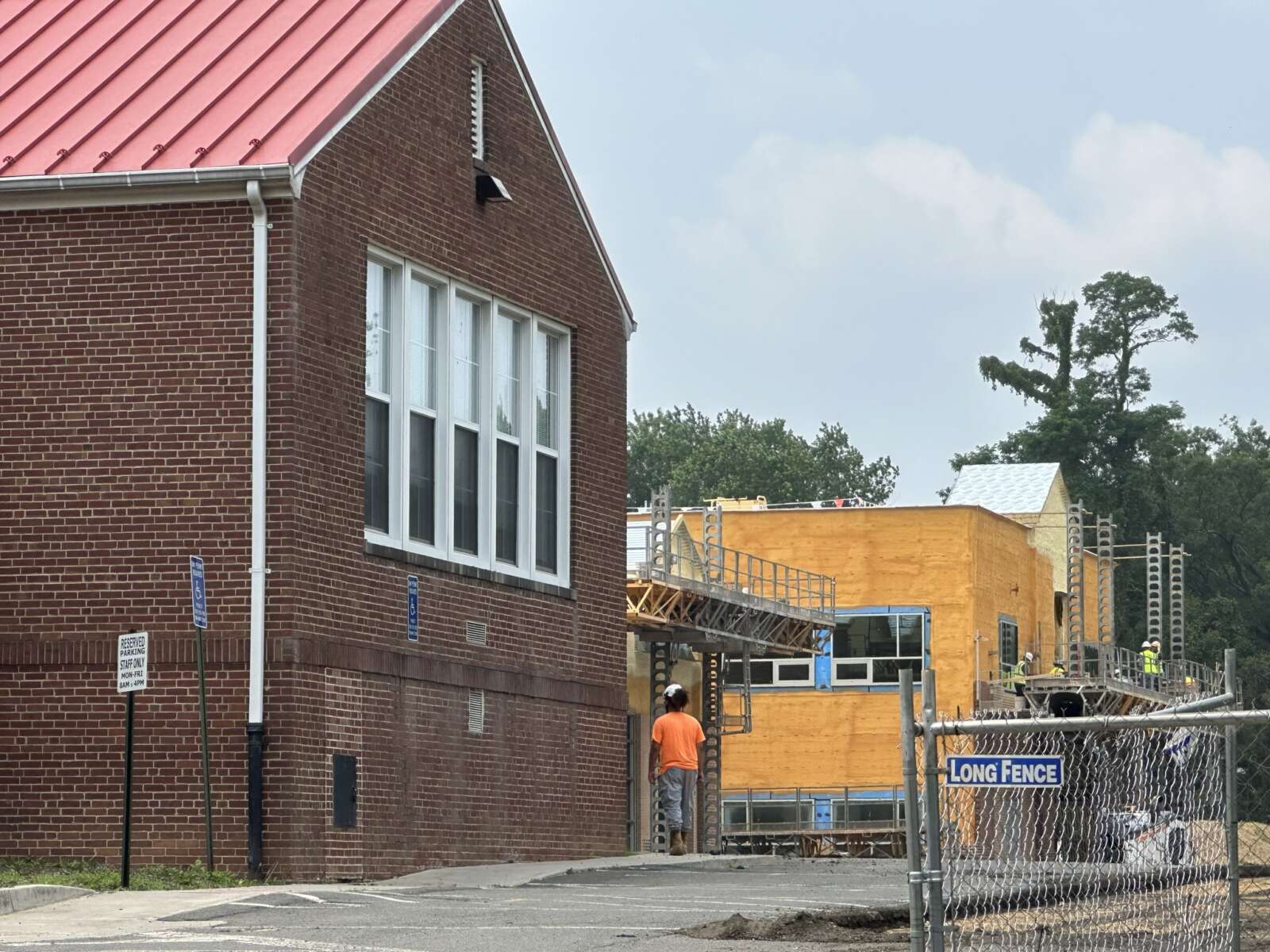
Democrats are again pushing for legislation that would allow local governments to hold referenda on increasing their sales and use tax to pay for school capital projects such as construction and renovations.
The party hopes the effort, which has been tried twice before but defeated by Republicans, will be successful now that Democrats are set to control both the House of Delegates and the Senate following the November elections.
“We think with the change in the dynamics in the House that this bill has a very good chance,” said Sen. Jeremy McPike, D-Prince William, adding that a similar version of the bill passed with bipartisan support last year in the Democratic-controlled Senate before dying in the House.
Under current law, only nine localities can impose a 1% sales tax to fund school construction and renovation projects. They are the counties of Charlotte, Gloucester, Halifax, Henry, Mecklenburg, Northampton, Patrick and Pittsylvania and the city of Danville.
Local governments have control over adjustments to their property tax rates — but aren’t allowed to change the sales tax rate without explicit permission from the General Assembly.
In 2021, Virginia invested nearly $1.3 billion into programs distributing grants and loans for school construction after a survey found over half of Virginia’s schools are more than 50 years old, with replacement costs for each in the millions.
“It’s really about empowering localities to make their own decisions about how they want to fund schools, and this is a new tool in the toolbox,” McPike said.
Lawmakers have already set a “precedent of permitting localities to impose a sales tax increase for school capital projects through the referendum process,” he said, “but what the bill would do is essentially allow all localities to make that choice and figure out if that’s the right fit for their community and their community needs.”
Former Republican Del. James Edmunds, R-Halifax, introduced a bill last session to add Prince Edward County to the list of localities allowed to impose a 1% sales tax for school capital projects. However, a House Finance subcommittee failed to hear the proposal.
In 2019, Edmunds successfully carried legislation to add Halifax County to the list of permitted localities.
Republicans have been reluctant to support changes to the law that could allow the raising of taxes, outgoing Sen. Tommy Norment, R-Williamsburg, told the Mercury last session.
If the legislation can make it out of both chambers, the bills will still require approval by Republican Gov. Glenn Youngkin, who could sign them into law, veto them or suggest changes.
This article was reported and written by the Virginia Mercury, and has been reprinted under a Creative Commons license.
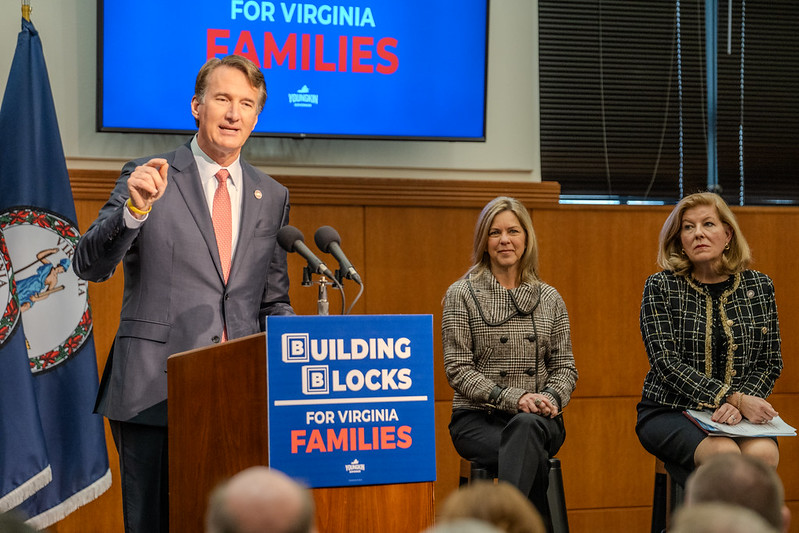
With the last pandemic-era expansions of federal child care aid to states set to end next year, Gov. Glenn Youngkin is proposing to put $448 million into the commonwealth’s early learning and child care system in each of the next two years.
“The reality is that in March 2024, without significant reforms to improve this long-term viability of our child care programs, we would otherwise see children simply being kicked out of these most important collaborations that enable families to realize their dreams and so we can’t leave families, parents and their children without options,” said Youngkin at a press conference for his “Building Blocks for Virginia Families” initiative Thursday.
The funding will be part of Youngkin’s proposal for the state budget over the next two years, which he is scheduled to present to lawmakers Dec. 20. The General Assembly, which Democrats will narrowly control when the session begins this January, will use that proposal as the jumping-off point for their own spending plan.
While the administration has not yet provided a detailed breakdown of how all of the $448 million would be spent, a document provided to reporters includes a list of priorities. They include the desire to “ensure every low-income working family that currently receives public support continues to have access to early childhood and afterschool programs,” “accelerate parent choice, from home-care providers and public school preschools to community co-ops and private day centers,” and require all early childhood programs to “annually measure and report unmet parental demand and preference.”
A few priorities have dollar figures attached: The proposed investment includes $25 million to develop public-private partnerships in areas with child care shortages, $10 million in educator incentives and $1 million to launch early learning and child care accounts on a digital wallet platform for families with children under five. Families can use the wallets to accept funds from such groups as employers, local governments and family members.
Additionally, the plan calls for streamlining teacher licensure requirements and “rightsizing” student-teacher ratios.
“This is about an opportunity for success,” Youngkin said, “and it starts with success for families.”
Kathy Glazer, president of the Virginia Early Childhood Foundation, called the proposal “a remarkable commitment to Virginia’s children and families.”
“By sustaining access to quality, affordable early childhood care and education services, these investments will help unlock the potential of all children and keep Virginia on the path to economic success,” she said in a statement.
An October report by Virginia’s Joint Legislative Audit and Review Commission found approximately 1.1 million children in Virginia aged 12 and younger need child care, and the majority of Virginia families find care to be unaffordable. Read More
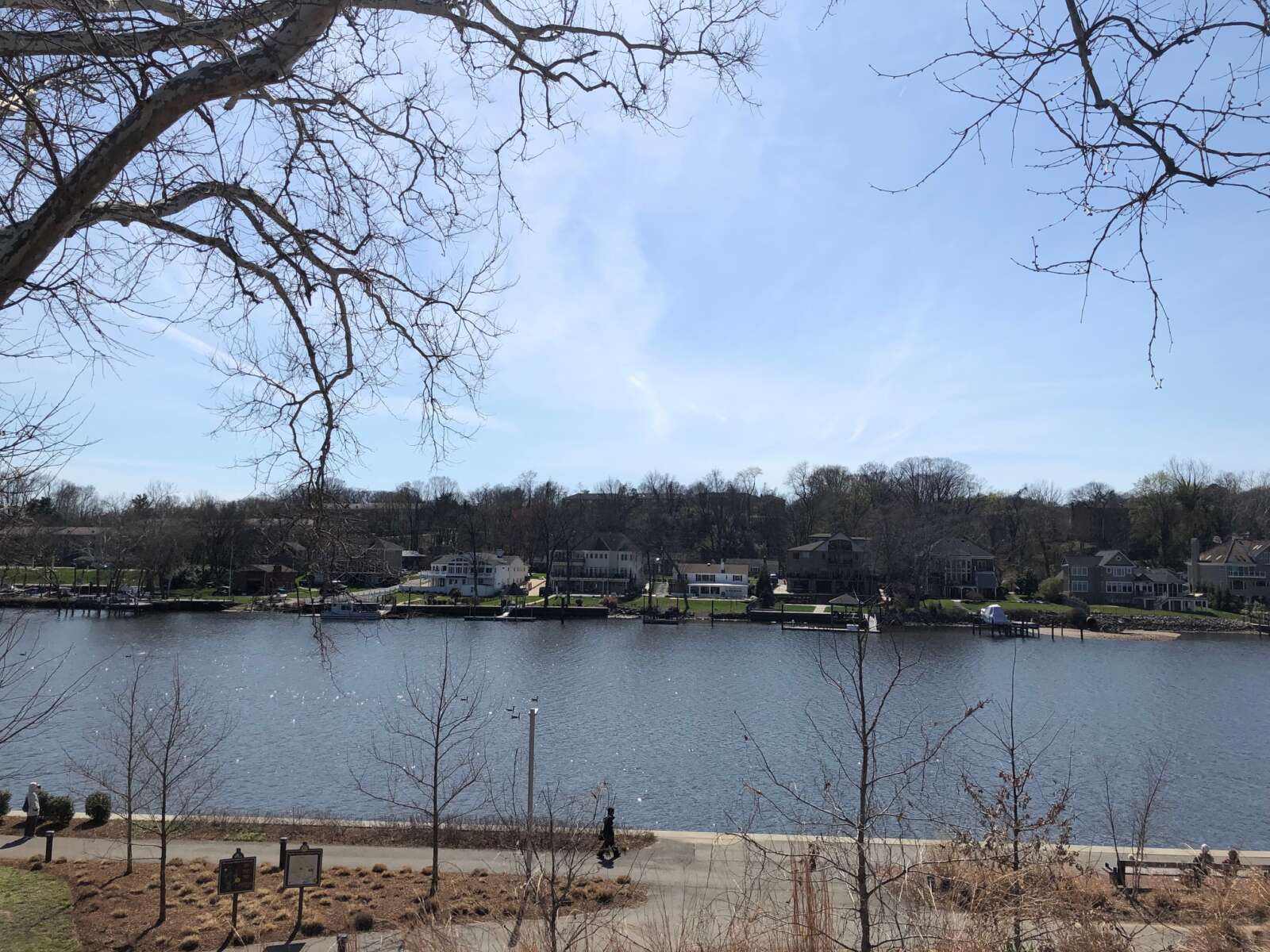
A proposed commuter ferry system for the Potomac River in Northern Virginia has gained attention from regional officials, but the price tag has dampened enthusiasm.
With budget shortfalls looming and a projected recession ahead, local and state leaders have turned their attention elsewhere, leaving it to the private sector to consider investing in the costly project.
“There’s not a lot of money on the public sector side available to make these substantial investments in equipment and places for the boats to dock,” said Robert Lazaro, executive director for the Northern Virginia Regional Commission, which recently received the latest report on the commuter ferry idea. “It’s a doable project, but it’s going to require private sector involvement.”
Since the early 2000s, leaders in Northern Virginia and the rest of the Washington metropolitan area have sought alternative transportation options to address ever-growing road congestion and conducted multiple studies. One idea was to operate a ferry along the Potomac River between Virginia and Maryland, south of Washington, D.C.
More than 200 people and groups spanning the government, military, higher education and private industry sectors have studied the idea.
The proposal isn’t unprecedented for a public service. Virginia operates three ferry systems, of which the largest is the Jamestown-Scotland Ferry that runs from Jamestown in James City County to Surry County.
In 2018, the Potomac and Rappahannock Transportation Commission, which also operates bus system OmniRide, was close to launching a pilot that would run two daily boats on the Potomac, but plans were derailed when the Virginia Department of Transportation and NRVC failed to qualify for a necessary federal grant, InsideNoVa reported last year.
On Sept. 28, the Northern Virginia Regional Commission received the latest report on the commuter ferry proposal from Nelson\Nygaard Consulting Associates.
Cost
Planners outlined four possible routes along which the commuter ferry could operate. Two of the four would originate in Woodbridge, with one route terminating at Joint Base Anacostia Bolling and the other going to Southeast and Southwest Waterfront in Washington, D.C. A third route branded the DC River Circulator would run from Georgetown to Poplar Point, and the fourth would go from Charles County, Maryland to Joint Base Anacostia Bolling.
Project costs for the Virginia route to Joint Base Anacostia Bolling range from $23.5 million to $53.5 million depending on the type of vessel, necessary terminal upgrades and dredging needs. Fare prices are proposed to be $10.
“I think over time some of this will happen, maybe not in my lifetime, because I think it makes a lot of sense, but not for right now,” said NVRC member Libby Garvey at the commission’s September meeting.
Payne said the project will likely be tabled indefinitely until another group takes over.
“There is great hope that there is project leadership who is going to step up and carry this project forward, but how that happens remains to be seen,” Payne said. Read More
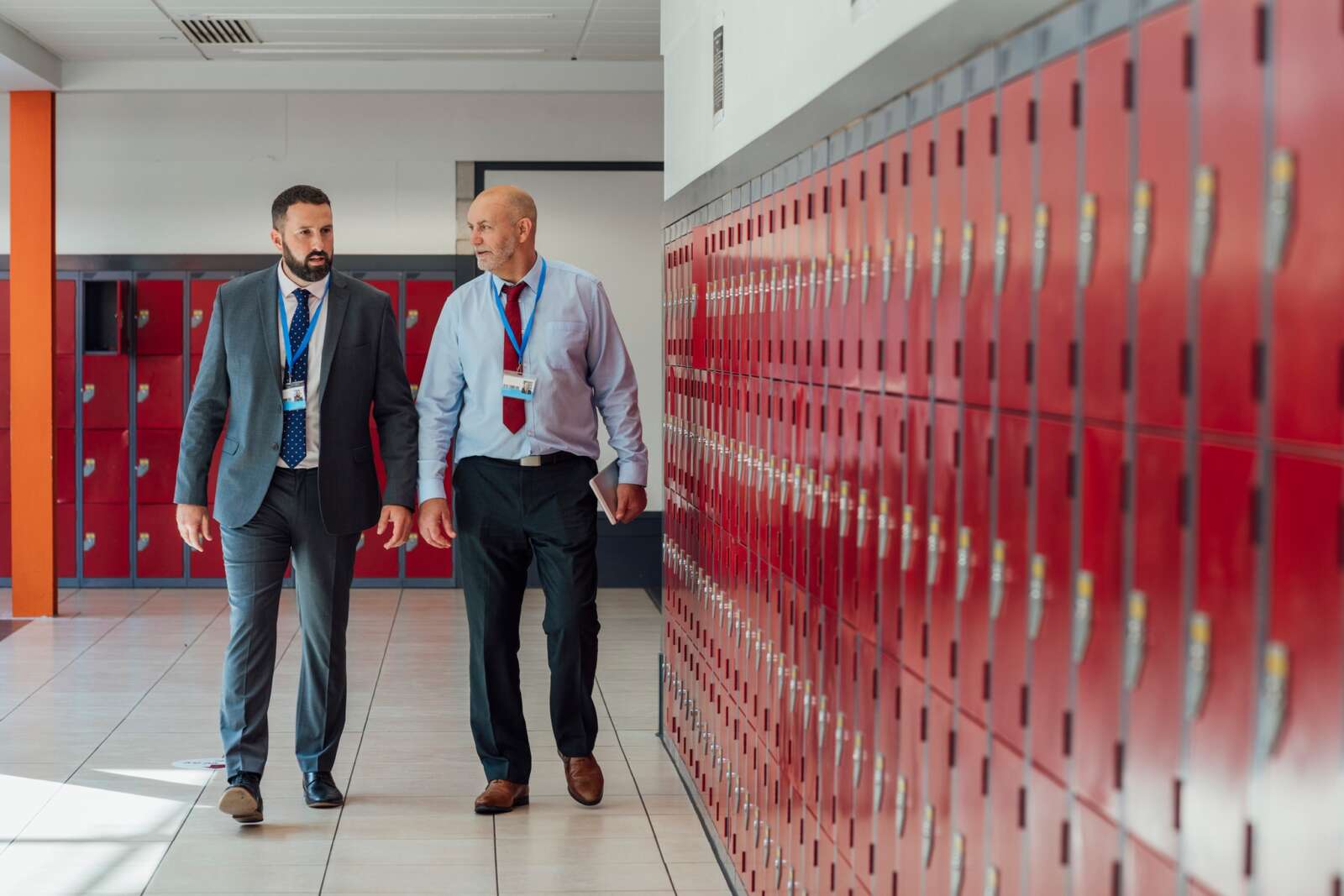
The Virginia Department of Education is launching a pilot program to help support new and inexperienced principals at federally designated at-risk schools in an effort to address what officials call a “crucial need.”
“We are excited about it. Mentoring principals has been a long time coming to the commonwealth,” said Randy Barrack, CEO of the Virginia Association of Secondary School Principals, which along with the Virginia Association of Elementary School Principals is partnering with VDOE, in an email to the Mercury.
Nationally, 80% of all public school principals remained at the same school in 2020-21 where they had been the year prior, according to National Center for Education Statistics data. The remaining 20% moved to a different school or left the principal role altogether.
In Virginia, according to reporting by WTOP, Fairfax County has lost dozens of principals since the COVID-19 pandemic. Those who spoke with the news station cited pandemic-related burnout and growing pressures to overcome learning loss as reasons for leaving the profession. Some also said their departures were due to a disconnect with and lack of transparency from administrative offices.
Virginia’s principal vacancy rate is less than 2% for each of the three school levels — elementary, middle and secondary, according to VDOE data from 2021 to 2023.
Under state law, new principals serve a three-year probationary period before acquiring continuing contract status.
Krista Arnold, executive director of the Virginia Association of Elementary School Principals, said many principals accept leadership positions with limited years of experience because of the growing national shortage of educators. Mentors, she said, will be able to provide management and instructional tips.
“This is going to give new principals a highly skilled, experienced veteran who’s not within their division, who is a safe person for them to talk to, who could be a sounding board because the principalship is really lonely and can be isolating,” said Arnold, who spent 20 years as an elementary school principal.
Besides shaping instruction, Arnold said principals have a significant influence on student achievement, attendance, teacher retention and community involvement.
Virginia’s new mentorship program, she said, will hopefully end the outdated notion that principals should be left to “sink or swim” and instead offer essential aid and support, “providing a partner in what too often can often be an isolating role.”
The program’s focus on principals in at-risk schools, whose populations include students from low-income families with a higher than average probability of dropping out or failing school, will also help improve teacher performance and student learning, Barrack and Arnold said in a joint statement with the Department of Education.
The pilot program is expected to be rolled out before the start of the next school year.
“Principals are the leaders in their school buildings. They set the tone and are the ones looked to establish a vision for high standards and success,” said Superintendent of Public Instruction Lisa Coons in a statement. “For many new principals, it can be tough, on-the-job training. With this mentoring pilot project, we are focusing on supporting our new principals leading in some of our most challenged schools and equipping them with support that can help them and their schools be successful.”
Photo via Virginia Department of Education/Facebook. This article was reported and written by the Virginia Mercury, and has been reprinted with permission.

